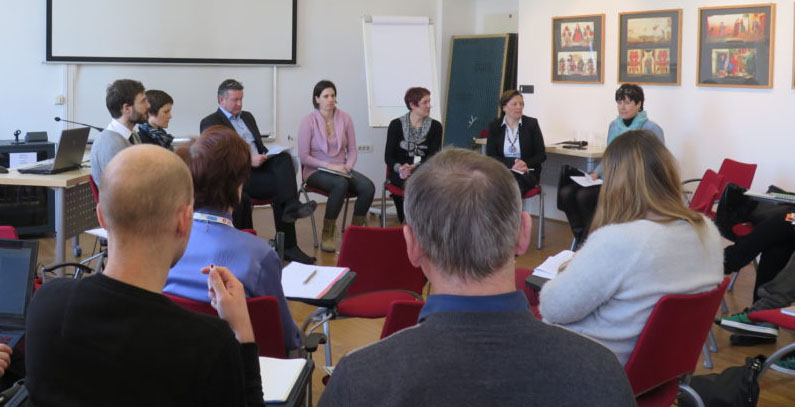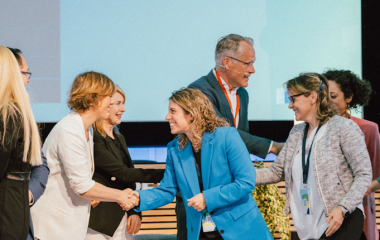
Photo: focus.si
The European Union provides EUR 5 million to help 500 low-income households in Slovenia deal with energy poverty, but it remains a big problem during cold periods.
„The poorest households in Slovenia spent almost 18 percent of their income on energy in 2015. The main reason for energy poverty are energy inefficient and poorly insulated homes. The Operational Programme of the European cohesion policy for 2014-2020 provides EUR 5 million to tackle energy poverty by subsidizing energy efficiency measures for 500 low-income households,“ said the acting director of the Ministry of infrastructure’s Directorate for energy, Jože Dimnik.
In Slovenia there are more and more energy-poor households as rising energy prices are outpacing income growth, said the participants of the conference “Energy poverty: solutions to practical and structural levels” in Ljubljana.
The conference was organized as part of the REACH (Reduce Energy use And Change Habits) programme, with the aim to connect and facilitate dialogue between energy, social, environmental and health sectors.
Measures to increase the energy efficiency of buildings and their energy rehabilitation have been highlighted as key in reducing energy poverty. Also, it is necessary to address the problem of high investment costs of energy rehabilitation and to amend or supplement existing funding energy efficiency measures. In addition to replacing inefficient heating systems and insulation, freezers, refrigerators, and water heaters, educating the public on the appropriate use of energy in households is needed.
In Slovenia there is already a number of programs that address energy poverty. Free energy advice, which was initially offered through the REACH project is now available at the national level through ENSVET network. Through it, the households also receive a free package of devices to reduce energy and water consumption worth around 30 EUR. Ekosklad provides additional programs, including full funding for energy rehabilitation of buildings for social disadvantaged households who live in apartment buildings.


















Be the first one to comment on this article.